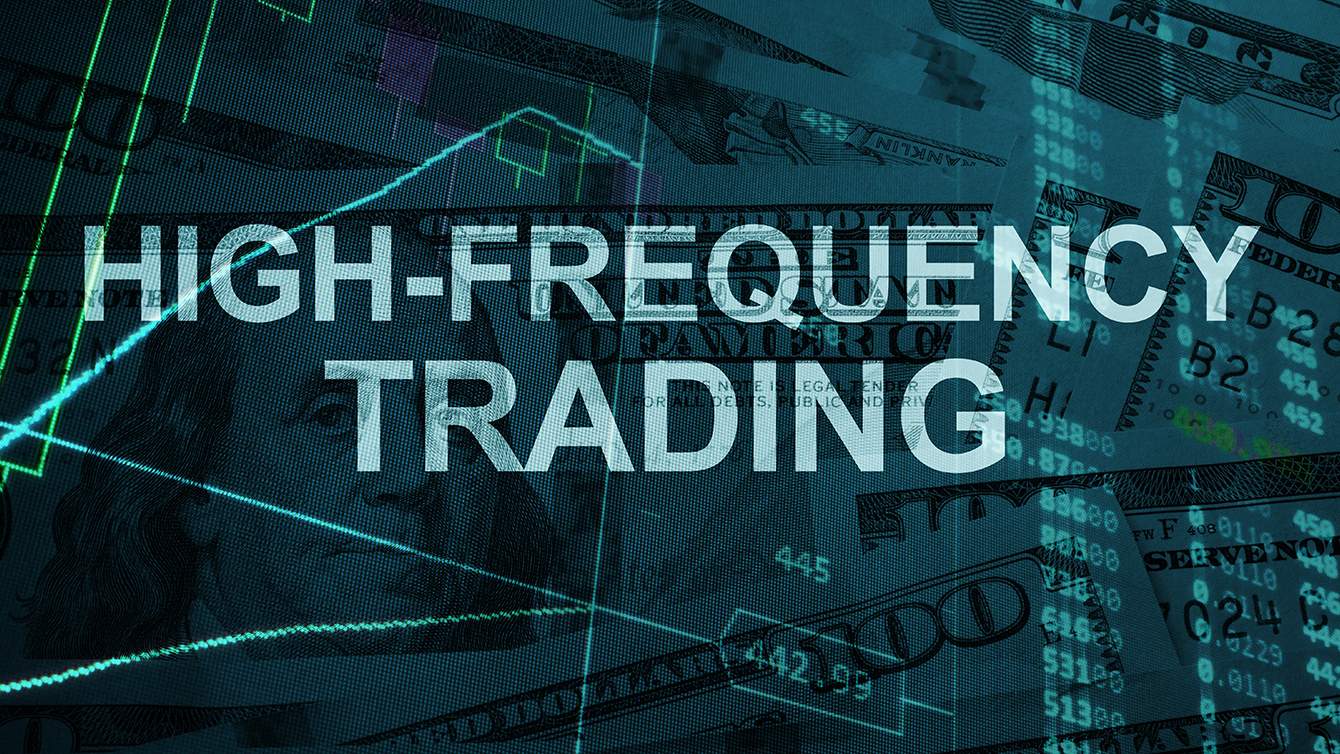
Here’s All You Need to Know about High-Frequency Trading (HFT)
In the stock market of today, High-Frequency Trading (HFT) is a newly appeared strategy that utilizes advanced technology and algorithms to execute a large number of trades at extremely high speeds. It involves the use of powerful computers and complex algorithms to analyze market data, identify trading opportunities, and execute trades within fractions of a second.
Table of Contents
The key characteristics of high-frequency trading include:
– Speed: HFT leverages ultra-fast computer systems and high-speed connections to exchanges, enabling traders to execute trades within milliseconds or even microseconds. The rapid execution capability of HFT firms provides them with a competitive edge in promptly reacting to market movements and exploiting short-term price discrepancies.
– Algorithmic Trading: HFT employs sophisticated algorithms that automatically analyze vast amounts of market data, including price quotes, order book information, and news feeds, to identify patterns or signals that can be exploited for profit. These algorithms make trading decisions and execute trades without human intervention.
– High Trade Volumes: HFT strategies often involve executing a large number of trades within a short period. By placing numerous trades, HFT aims to profit from small price discrepancies or fleeting market inefficiencies that may exist for only a fraction of a second.
– Market Making: HFT firms usually become market makers, providing liquidity to the market. They profit from the bid-ask spread—the difference between the buying and selling prices—by capturing small profits on each trade.

– Co-location: HFT firms often locate their trading servers in close proximity to the exchanges’ data centers to minimize network latency and gain a speed advantage. This practice reduces the time it takes for trade orders to reach the exchange, resulting in faster order execution.
Pros
HFT enhances market liquidity, narrows bid-ask spreads, and improves price efficiency.
Cons
Critics raise concerns regarding potential market manipulation, heightened market volatility, and the unequal competitive landscape that HFT creates between HFT traders and traditional investors.
Who uses HFT?
HFT is a complex and highly specialized trading strategy that requires significant investment in technology, infrastructure, and expertise. It is predominantly employed by institutional investors, hedge funds, and proprietary trading firms rather than individual retail traders.
For trading platforms like MetaTrader, HFT increases market liquidity, thereby potentially reducing commissions and attracting individual traders and investors who are interested in the stock market, or the financial market in general.






Comments: 0